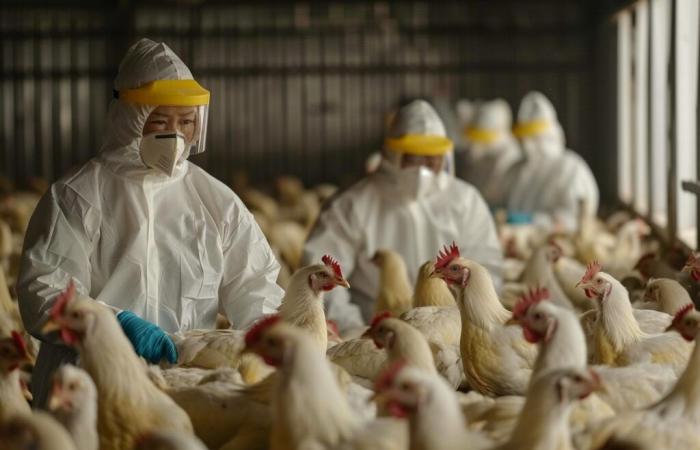Why is the first case of H5N1 bird flu in a pig in the United States worrying?
Tl;dr
- First case of H5N1 avian influenza detected in a pig in the United States.
- The infected pig belonged to a non-commercial farm now under quarantine.
- Experts warn of the risks of new interspecies transmissions.
A first in the United States
In a major breakthrough, the United States Department of Agriculture (USDA) on Wednesday revealed the first confirmed case of H5N1 avian influenza in a pig in the United States. The infected pig came from a mixed domestic farm, including poultry and livestock, and showed no signs of illness according to the press release. However, when tested as a precaution with four other pigs, it was found to be positive.
Possible interspecies transmission
The press release points out that “livestock and poultry on this farm shared water sources, housing and equipment; in other states, this combination has allowed cross-species transmission.” The USDA clarified that the farm is not a commercial operation and is not related to the commercial food supply. The farm was quarantined to prevent the spread of bird flu to others.
Risks for humans?
Experts warn that pigs, dubbed “mixing receptacles” for flu strains, could pose new risks if the virus adapts to human transmission. Dr. Marc Siegel, clinical professor of medicine at NYU Langone Health, told Fox News that “multiple types of influenza can be found in pigs at any one time, and they can exchange genetic material, creating new strains.”
Do you like our content?
Receive our latest publications every day for free and directly in your inbox
A call for vaccination
Due to the rise in cases of bird flu in farm animals and humans, concerns are being expressed about the possibility of a wider outbreak. As flu season approaches, it is essential to vaccinate livestock to limit the spread and prevent human infections.
Symptoms of bird flu include high temperature, chills, body pain, cough and cold, and difficulty breathing. Gastrointestinal symptoms such as diarrhea, abdominal pain, nausea, chest pain, nose and gum bleeding, and conjunctivitis may also occur. These first symptoms are likely to appear 3 to 5 days after exposure.






